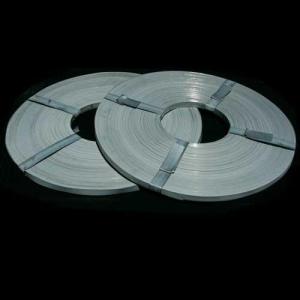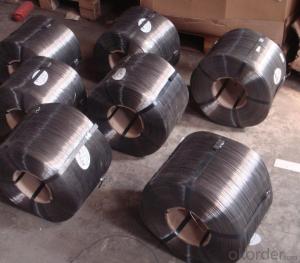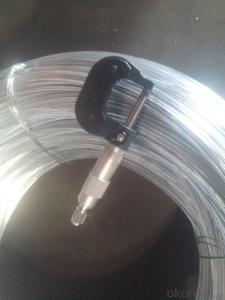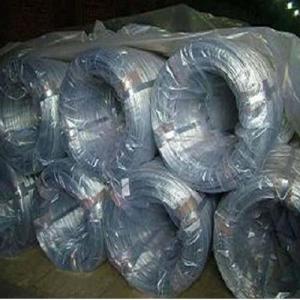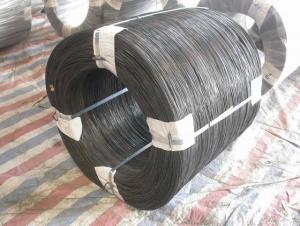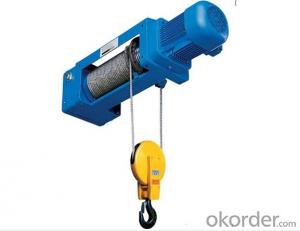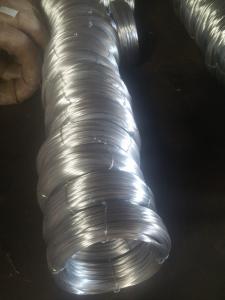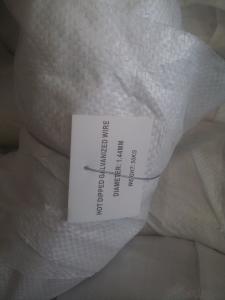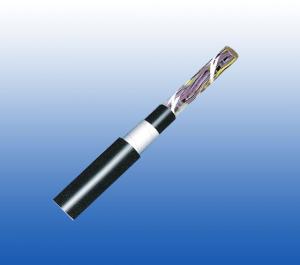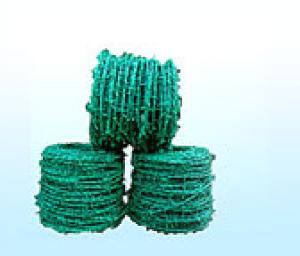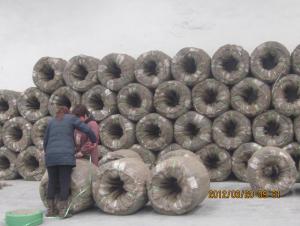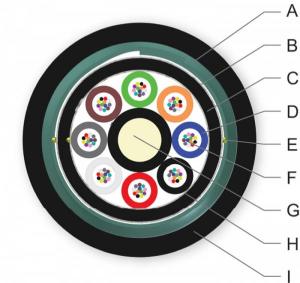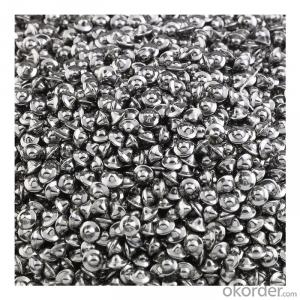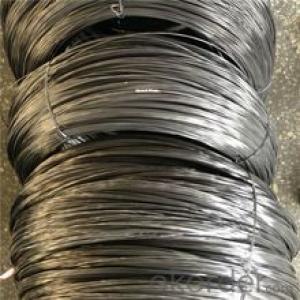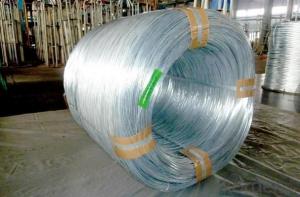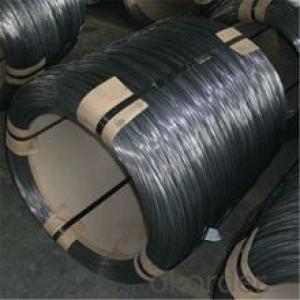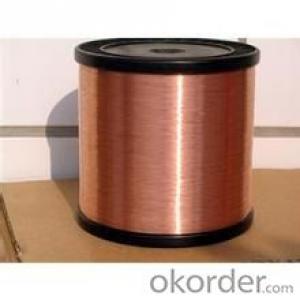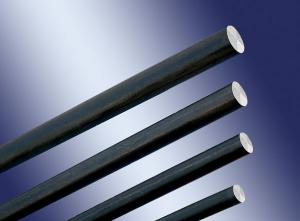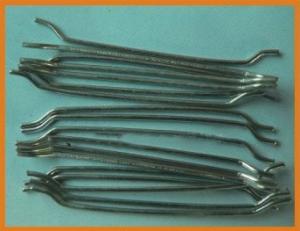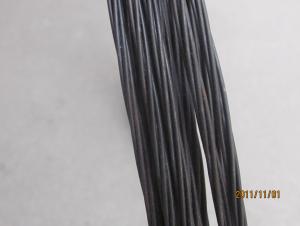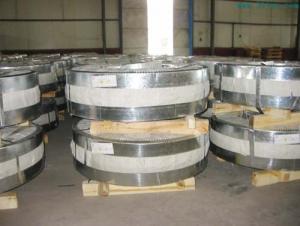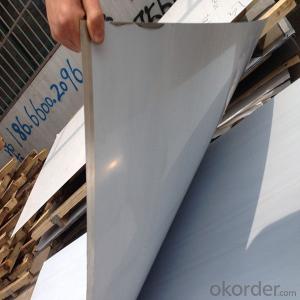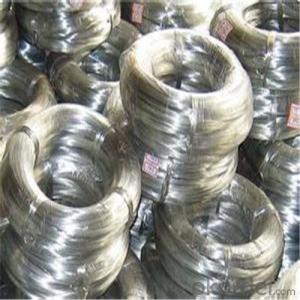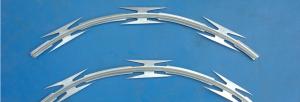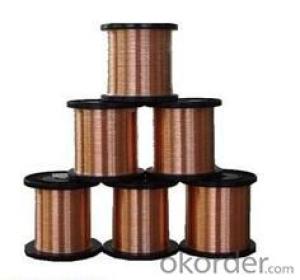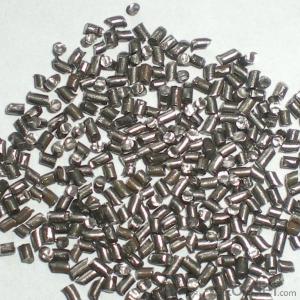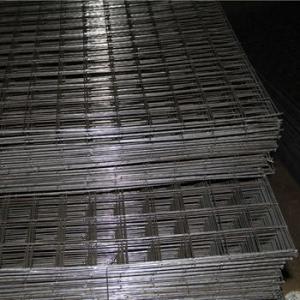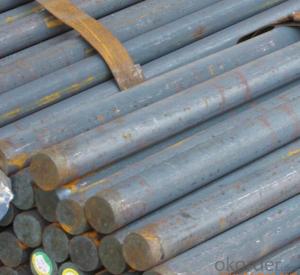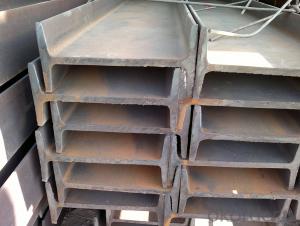1Mm Steel Wire
1Mm Steel Wire Related Searches
6Mm Steel Wire 1 Inch Steel Bar 1 Inch Stainless Steel Pipe 1 Stainless Steel Pipe 1 Inch Stainless Steel Tubing 1in Stainless Steel Tubing 1 1 2 Stainless Steel Pipe 1 2 Stainless Steel Pipe 1 Stainless Steel Tubing 1 Inch Threaded Rod 1 Micron Aluminum Foil 16g Stainless Steel Wire Stainless Steel Tie Wire 1 Thick Aluminum Plate Stainless Steel Wires 1 Inch Thick Aluminum Plate Stainless Steel Jewellery Wire 1 2 Inch Stainless Steel Tubing 1.5 Mm Stainless Steel Rod 1 X1 2 14 Gauge Wire Mesh Stainless Steel Mig Wire 1 2 Stainless Steel Tubing 1 Inch Aluminum Plate 2 1 2 Cast Iron Pipe 14 Gauge Stainless Steel Wire 1 Aluminum Plate Joining Steel Beams 1 4 Stainless Steel Tubing 16 Gauge Stainless Steel Wire 1 2 Stainless Steel Rod1Mm Steel Wire Supplier & Manufacturer from China
1Mm Steel Wire, a versatile and robust product, is widely recognized for its strength and durability in various industries. This product is crafted from high-quality steel, ensuring that it can withstand the demands of different applications. The fine 1mm diameter allows for precision and flexibility, making it suitable for a range of tasks.1Mm Steel Wire is commonly used in construction, automotive, and manufacturing sectors due to its reliability and adaptability. It is often employed in the reinforcement of concrete structures, as well as in the fabrication of various mechanical components. Its small diameter also makes it ideal for intricate and detailed work, where precision is key.
Okorder.com is a leading wholesale supplier of 1Mm Steel Wire, boasting a substantial inventory to cater to the diverse needs of customers. By offering this product at competitive prices and ensuring prompt delivery, Okorder.com has established itself as a trusted source for businesses seeking high-quality steel wire.
